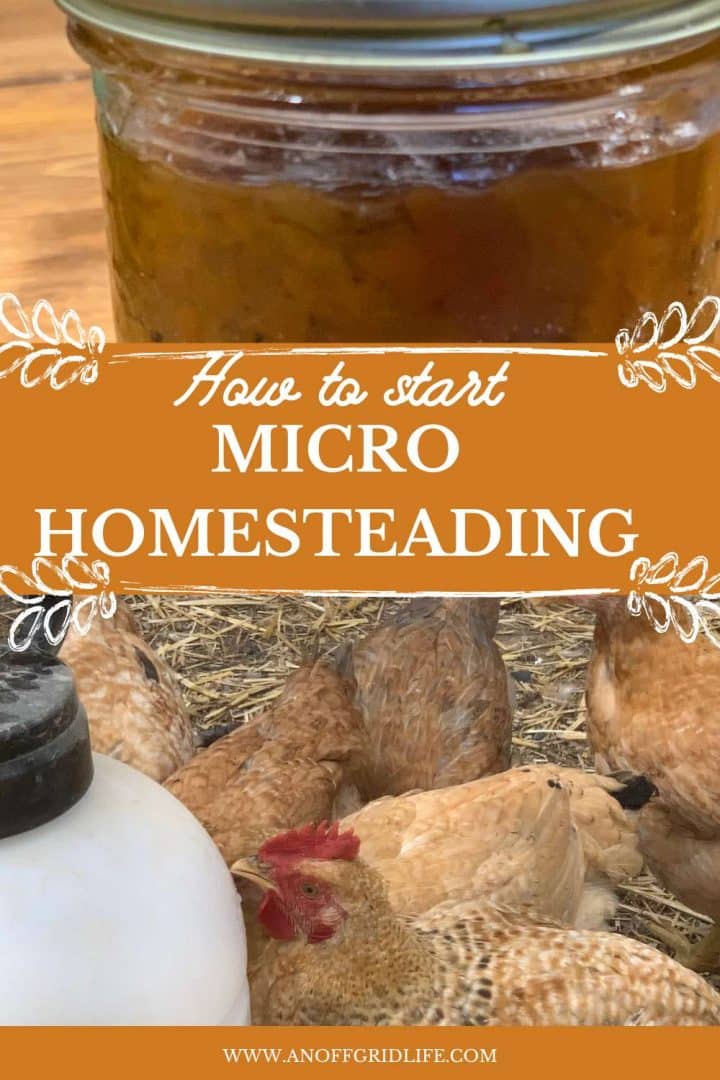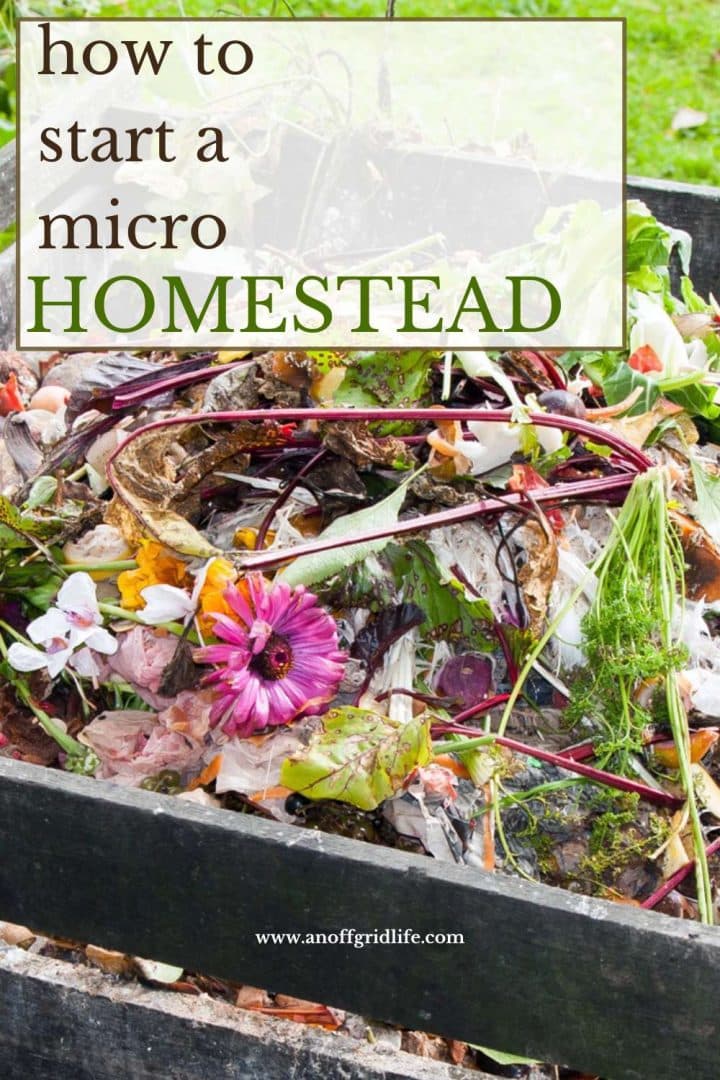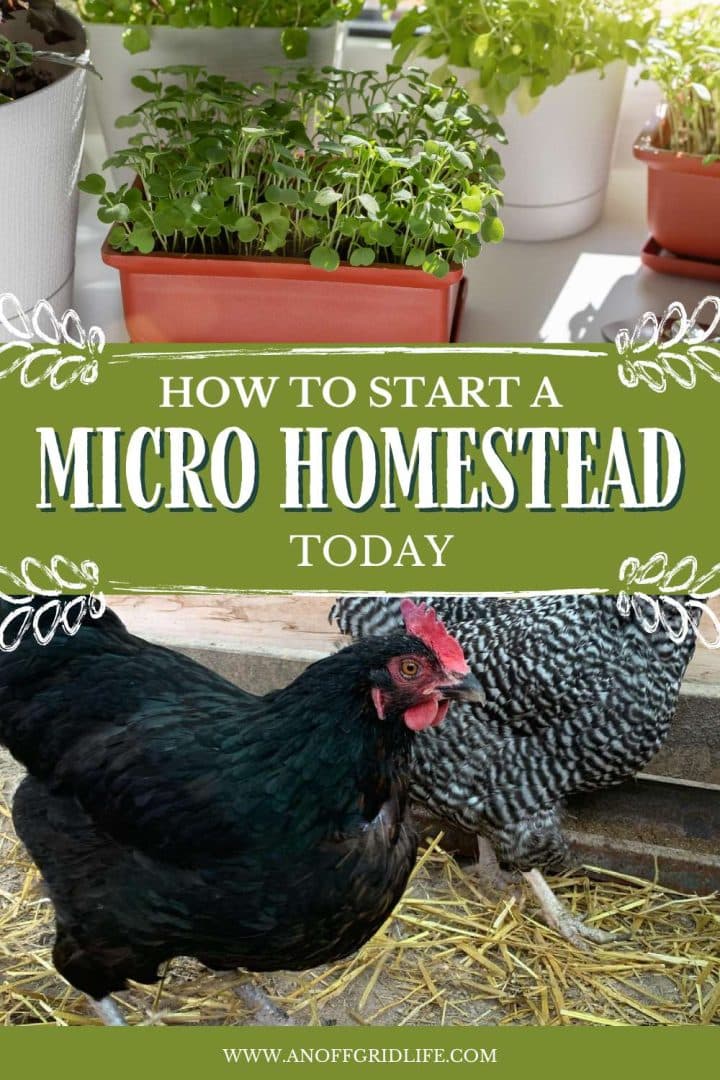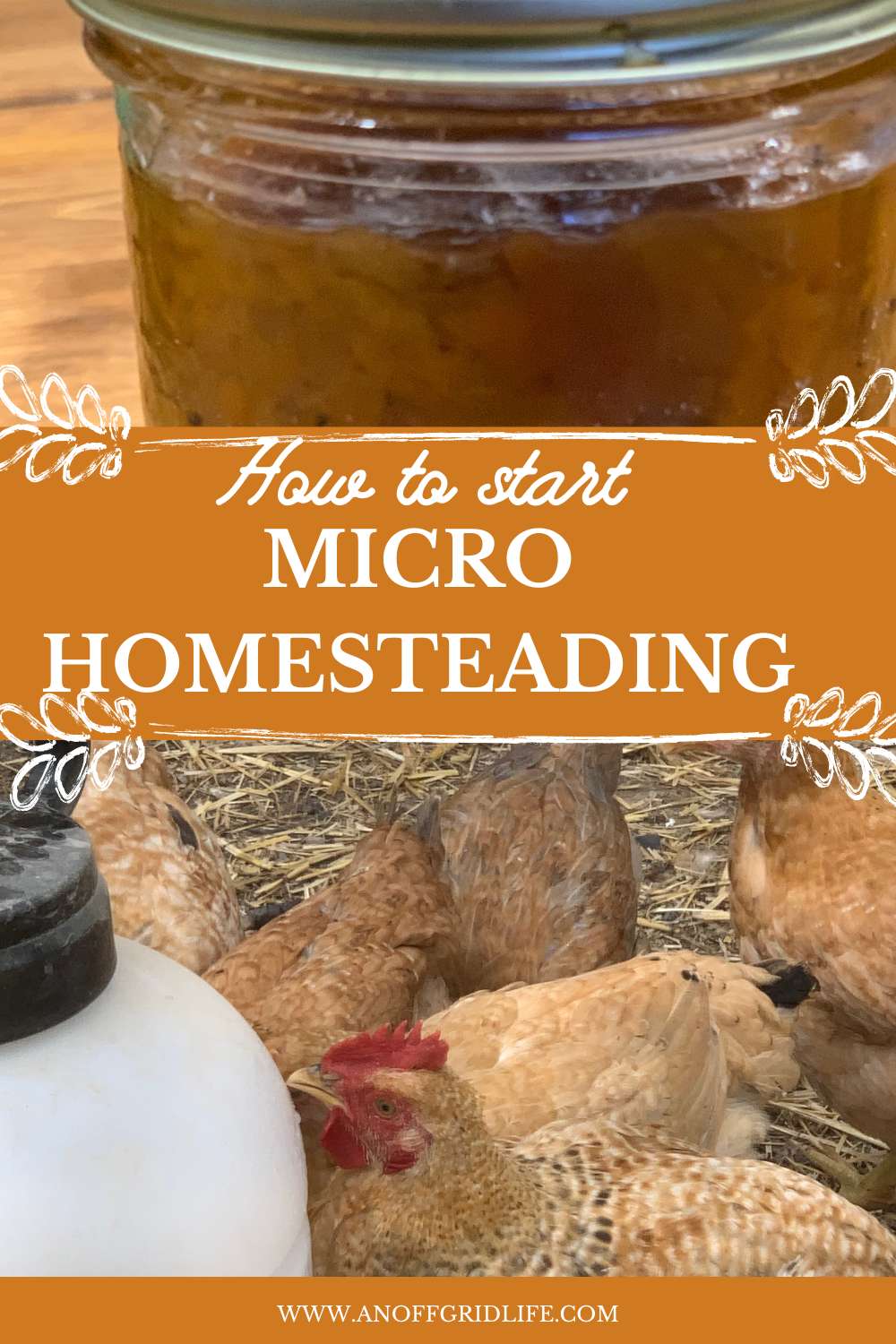Do you ever feel like you're stuck in a concrete jungle where everything in your life seems fast, loud, and unfulfilling? It might be time to try micro homesteading, the gateway to self-sufficiency and sustainable living.
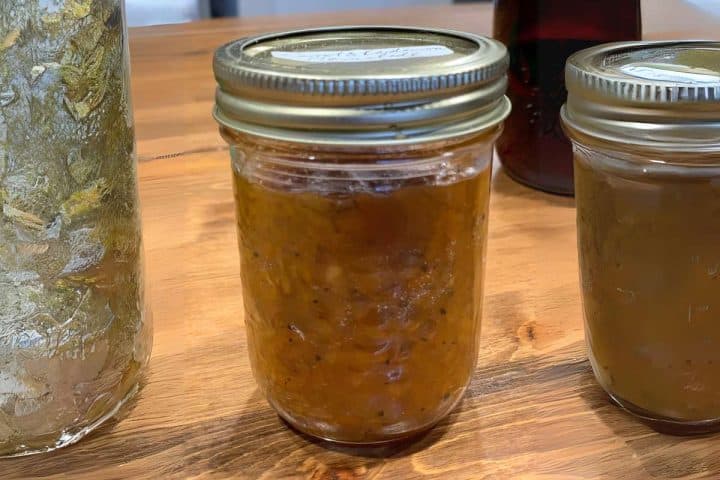
Estimated reading time: 0 minutes
Imagine swapping grocery store imports with fresh vegetables from your backyard. Picture transforming waste into compost gold or even turning that tiny studio apartment balcony into a hummingbird haven.
Micro homesteading involves more than growing herbs in mason jars or raising backyard chickens. It's the idea that we can reclaim control over what we consume — our food, energy sources, even our cleaning products.
I know what you're thinking: "But where do I start?" Here are a few ideas for you.
Understanding Micro Homesteading
Miicro homesteading refers to a lifestyle choice that combines sustainable gardening and landscaping. Even in urban and suburban areas, this approach lets people embrace natural living by growing vegetables and raising homestead animals.
The Scope of Micro Homesteading
Micro homesteads are versatile mini-farms in your backyard or even a studio apartment. Micro homesteading can include anything from nurturing a vegetable garden to caring for backyard chickens and managing honeybee hives.
Urban homesteading allows city dwellers to grow food products on small scales without needing sprawling farmlands. The secret is efficiently using every bit of space - from window sills with herb kits to rooftop gardens.
The Benefits of Transitioning to a Micro Homestead
Moving towards micro homesteading has many benefits in addition to self-sufficiency. Cultivating our own food lets us gain control over our nourishment. Plus, there's nothing like the satisfaction of cooking meals using fresh produce harvested right outside your door or under your grow light.
If you're not ready to start homesteading on 40 acres, micro homesteading helps you to reduce your dependence on grocery store imports for food items. At the same time, it may help to sustain local ecosystems through beekeeping or mushroom foraging class sessions during weekends.
Preparing for Your Micro Homestead
To kick off your micro homesteading journey, start by budgeting and planning. Budgeting will help you to plan out the time you'll need to devote to homestead projects.
Budgeting and Planning for Your Micro Homestead
A successful micro homesteading project needs both financial planning and strategic organization. Choosing the right location for your micro homestead will largely depend on what you're hoping to achieve.
Do you want to create garden beds in small spaces? Are you ready to raise rabbits?
Maybe you want to try canning and preserving your own food. Be prepared: essential tools may require an upfront investment. However, they'll pay off in the long run with greater productivity and less wasted effort.
Most micro homesteading activities start with gardening in form. So the next step is soil testing.
Soil testing helps ensure the proper growth of crops by letting you know exactly what nutrients are available (or lacking) in your plot before planting season begins. Our soil quality was abysmal when we started gardening off the grid in zone 0B in Canada's far north. We ended up buying soil to build raised gardens.
You can also create a sun map to optimize plant placement based on sunlight exposure at different times of day, which can help maximize crop yield.
You might also want to consider using permaculture designs and methods in your garden to maximize the natural features.
Cultivating Food on Your Micro Homestead
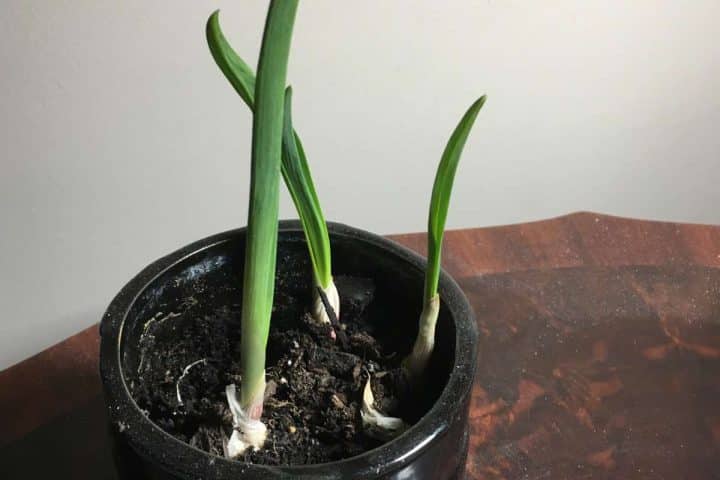
Maximizing yields in small spaces can be a challenge, but with the right strategies, your micro homestead can flourish. The key is to start by sowing seeds and planting vegetables strategically.
Seed Saving and Local Adaptation
Saving seeds saves money and is also an essential aspect of sustainable gardening. Locally adapted plants often perform better. That's because they're used to the climate and soil conditions in your area. This helps you get more from less space.
Another trick involves understanding companion planting. Companion growing certain plants together that benefit each other will help to boost yield while keeping pests at bay. For example, marigolds planted alongside tomatoes help repel harmful insects.
You may want to harvest vegetables, fruit and herbs before their peak. This helps build your fresh produce supply year-round without depending on grocery store imports.
Learn to avoid harvesting mistakes to ensure all this effort doesn't go to waste during harsh seasons or unexpected events.
Remember: A thriving micro homestead doesn't need a huge space – it needs thoughtful planning and smart techniques.
Embracing Sustainability in Micro Homesteading
Sustainability is a cornerstone of micro homesteading. Sustainable homesteading practices like making natural health, beauty and cleaning products, managing waste and conserving water help reduce our carbon footprint.
Making homemade cleaners and eco-friendly storage solutions reduces waste while keeping your home sparkling clean. For instance, beeswax food wraps are excellent sustainable alternatives to plastic wrap.
Composting turns kitchen scraps into nutrient-rich soil for your garden beds. In our case, composting helps boost the health of our garden soil while reducing our household waste, which is a pain in the butt to haul out. The dump is a 35-minute drive away, and you must pay to dump the garbage.
Recycling old items into new things is an easy step towards reducing landfill contribution. For example, the girls and I love looking through our favorite Instagram homesteading accounts for DIY upcycling garden projects.
Conserving water plays a crucial role in sustainability. Harvesting rainwater to water the garden can be financially and ecologically beneficial. We divert grey water from our kitchen and bathroom sinks to our backyard, where we're hoping to build a second garden.
Organizing Your Micro Homesteading Activities
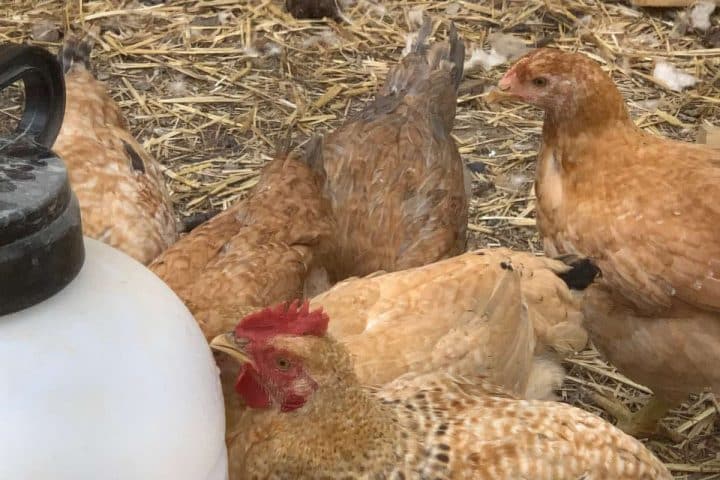
Taking the first steps towards micro homesteading can feel overwhelming. A good homestead planner or garden planner makes it easier to keep track of your tasks and gardening activities.
Look for a homestead planner that is an all-in-one system that lets you organize your chores, record important details about crops or livestock, and even sketch out plans for future projects.
This will help you manage day-to-day operations and ensure long-term success on your micro homestead journey.
Start adding small homesteading projects to your daily and weekly routine. For example, scheduling dedicated daily times for certain tasks like feeding backyard chickens or making a weekly time for creating homemade cleaning solutions is a good start.
Micro Homesteading FAQs
If you have questions about micro homesteading, add them in the comments. I'll do my best to answer them.
How do I start micro homesteading?
To start transitioning to homesteading with a micro homestead or urban homestead, start small. Try growing herbs on your windowsill, canning berries you buy in bulk or raising a few chickens in the backyard. Gradually expand as you gain more experience and confidence.
What is the difference between homesteading and permaculture?
Homesteading refers to self-sufficient living, often with homegrown food and small homestead animals such as chickens, rabbits or goats. On the other hand, permaculture is an ecological design system for sustainability that focuses on making the most of a property's natural features. It can be applied in a backyard homestead setting.
What is self-homesteading?
Self-homesteading is a modern homesteading term that means creating a lifestyle focused on self-reliance. This includes producing your own food, reducing waste and living sustainably. It's about using less from outside sources and more from what you grow and make yourself.
How to build a small homestead?
To create a mini-homestead, first plan according to your available space, no matter how small. Even balconies can grow vegetables with a vertical garden. Then choose suitable crops or livestock. Remember to check local area bylaws if you live in a suburban or urban area and are considering getting animals. Start composting for waste management and consider rainwater harvesting systems too.
Beginner Homesteaders Can Start Today
Micro homesteading involves shifting your mindset. Instead of delaying your homesteading dreams to a far-off time when you can afford homestead land, start right where you are.
Use all the available space in your home, from windowsills to shelves and your backyard, to start building a sustainable lifestyle.
Start with planning, budgeting and soil testing, if needed. Then, start your seeds to grow food adapted to local conditions and set up a composting system.
Sure, it requires some elbow grease and determination. But remember: you're learning valuable new skills. Micro homesteading is your first step towards self-sufficiency.
Like this post? Save it, share it, and read it!
